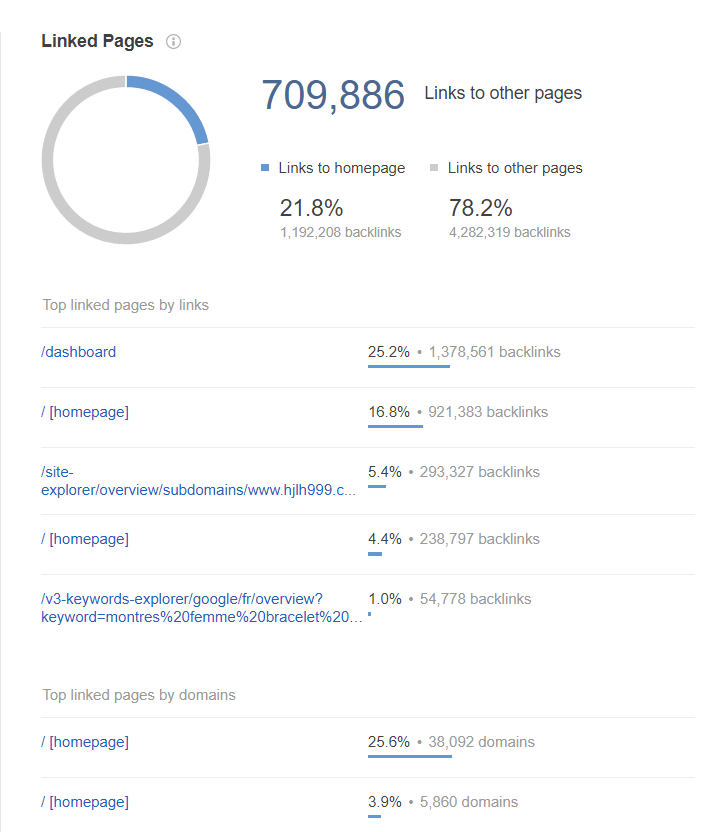Deep linking
What is deep linking in SEO?
Deep linking derives from the practice of linking deep into the website structure rather than to homepages or top-level category pages. Deep linking is an SEO strategy when hyperlinks send users directly to a specific web content rather than some generic page.
An example of deep linking is providing a hyperlink directly to a product page instead of the homepage or directly to open an app.
Compare:
https://openai.com
https://beta.openai.com/playground
Deep linking and its benefit for SEO
The purpose of deep linking is to serve users with better experience and provide more useful content. When users find quicker what they want and better engage with the content, it may be a signal of relevance for the search engine, and thus, bear a positive impact on rankings.
Thus, deep linking bring several benefits for a website:
- Deep linking improves the user experience and leads to increased engagement on the pages.
- Deep linking improves signals of pages’ relevancy to search intents which will make a positive effect on rankings.
- Deep links pass the link equity through internal links and create a powerful site structure.
- Through improved internal linking relationships, deep linking favors discoverability and crawlability of your content.
If a site lacks deep links in its backlink profile, it may imply that the site is too shallow, neglected, or the hyperlinks have been built artificially for the sake of link juice (for example, when you wanted to rank the homepage quicker).
There is no ideal deep links ratio for SEO, however, when building links intentionally, it is useful to link to specific content rather than the homepage, to help users instantly find what the referring article was telling about.
Deep links in mobile apps
Deep links are also used to send mobile users via a hyperlink in a mobile ad to a specific page inside the mobile app (provided that they have installed the respective app) rather than to a web page.
Deep links largely enhance the safety of mobile app users, ensuring that they get directed to the right pages in the app rather than to external websites in a browser (which can be otherwise used by other sites to grab your traffic).
Deep links in mobile apps can be used for:
- App campaigns for engagement
- App dynamic remarketing
- Search, Shopping, and Display campaigns
There are three types of deep links to be used in Google Ads:
- App Links (for Android)
- Universal Links (for iOS)
- Custom schemes
Deep links are not simple to set up because they work differently on Android and iOS. So, you will need help from developers and the Deep Links Validator to verify the correct implementation[1].
How do I find deep links for SEO?
To check if there are enough deep links on a website, you can use backlink checkers, for example, SEO SpyGlass. In its Summary of a site’s backlink profile, find the section of the most Linked Pages. There you will find the percentage of hyperlinks leading to the homepage versus other pages. Also, you will find the list of top linked pages. The Backlinks module gives more information about the deep links: their date of caching, nofollow/dofollow attributes, anchor text, type, server response code, etc.






